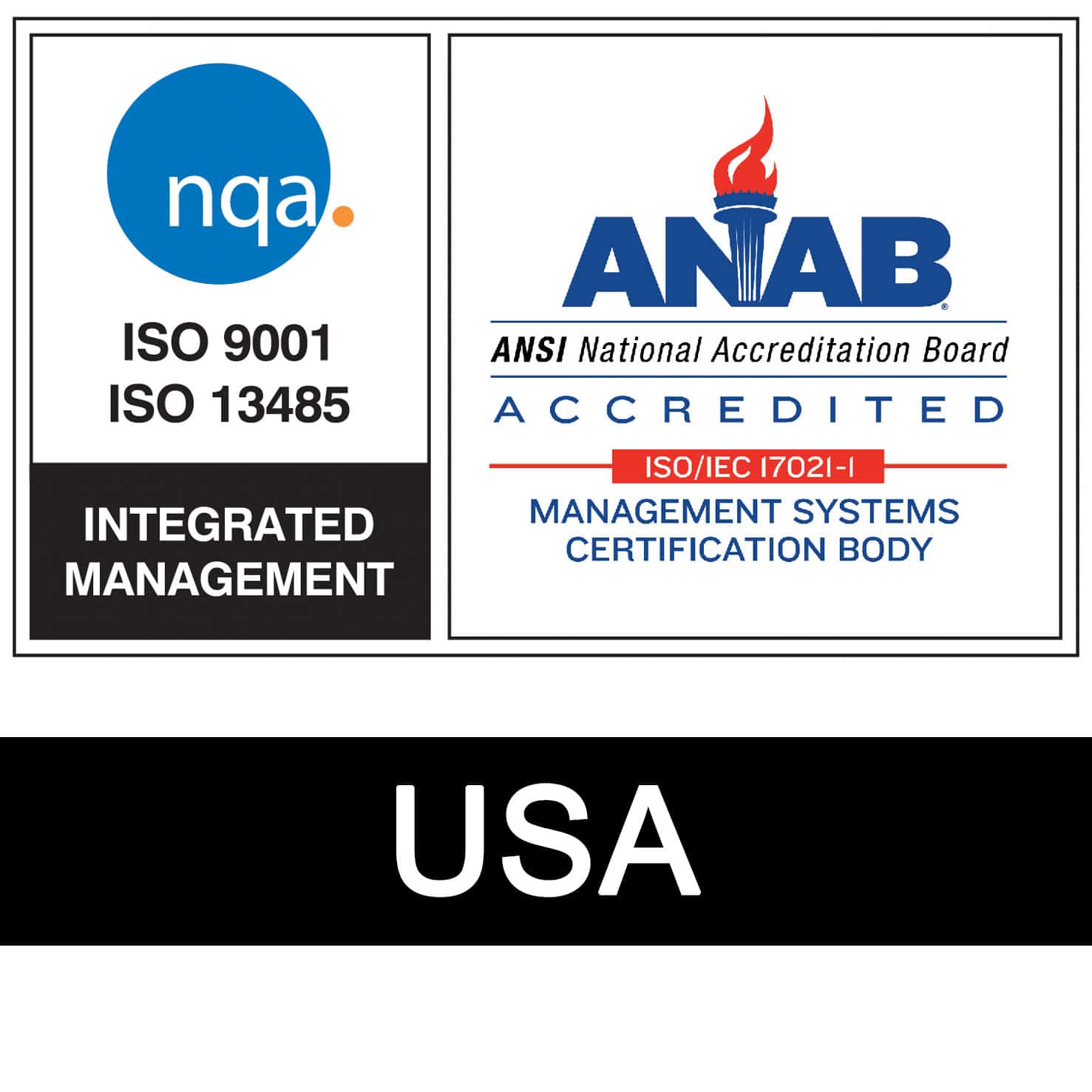The Who, What, Where, When, How and Why of Lean Manufacturing
By Agnieszka Perlinska and James Chapados
At the heart of our manufacturing operation lies the fundamental practice of Lean Manufacturing. Through the use of tools, such as Value Stream Mapping, Spaghetti Diagrams and Total Productive Maintenance (TPM), Interplex thinks lean right from the beginning. Our use of cellular manufacturing and single piece flow assembly allows us to maximize operational efficiencies with the flexibility of immediate line changeovers.
Our Six Sigma DMAIC approach to problem solving and the use of experimental designs (DOE’s) for process development ensure robust and validated processes. We take great steps to make sure that our measurement systems reliably monitor and control our processes and your products. Use of process control charts and process capability indices ensure consistent and reliable products through the elimination and control of process variation.
What is Lean Manufacturing?
A company using Lean Manufacturing methods makes its product or delivers it’s service while working to:
- Eliminate Waste, which includes:
- Process Design Flaws
- Overproduction or service Effort
- Excess work in Process (WIP)
- Waiting
- Unnecessary Movement
- Rework or Scrap
- Defects in product or service
- Improve the Quality of Processes and Products/Services
- Reduce Cycle Time (the time from order to shipment)
These three main components of Lean Manufacturing are interrelated. If one is improved, the other two are also positively impacted.










